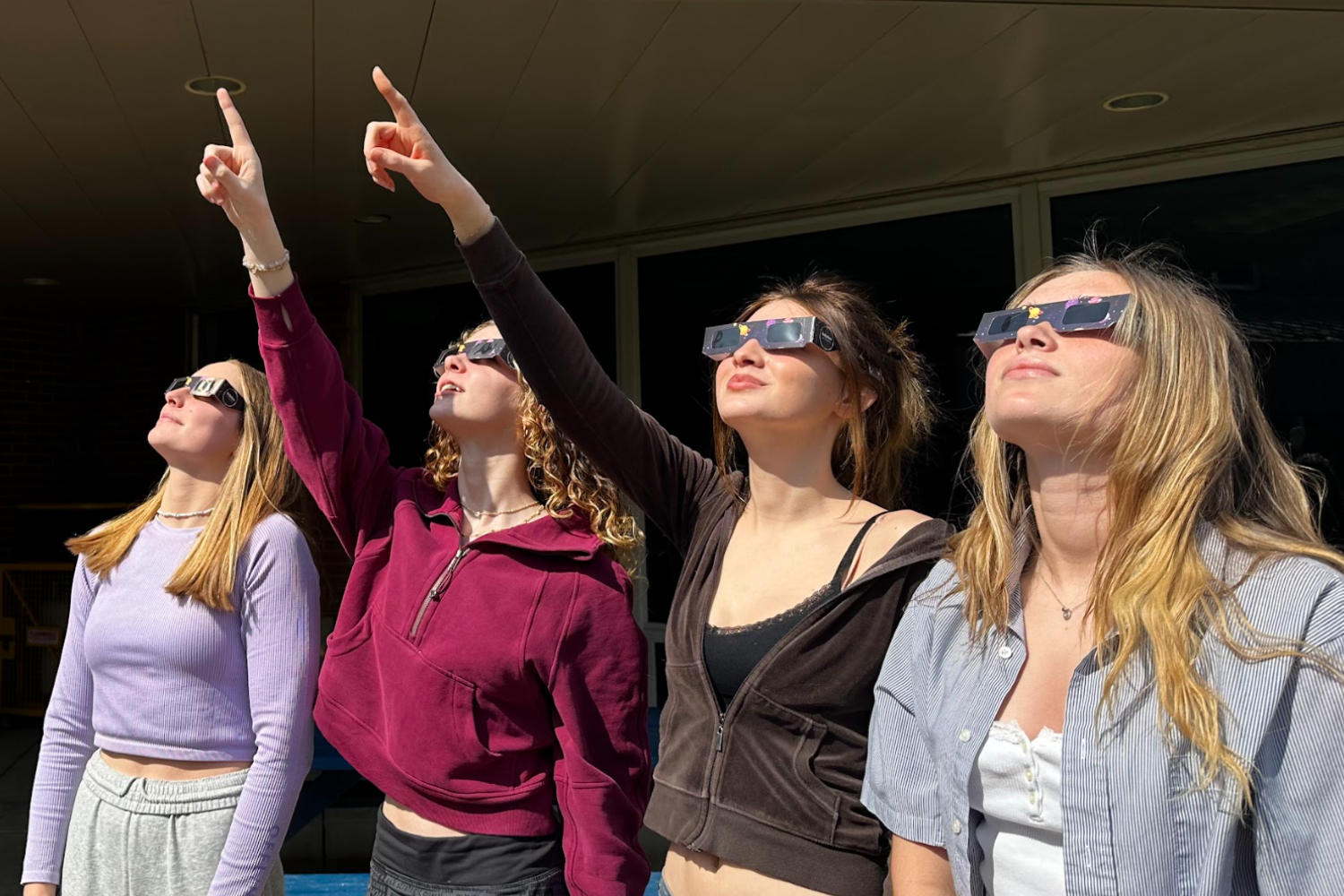
Once-in-a-lifetime event
An estimated one in 10,000 people have witnessed a total eclipse within their lifetime. Many Ohioans will be added to this number on April 8 starting around 2 pm.
The total solar eclipse will begin over the South Pacific Ocean and will cross North America, passing over Mexico, the United States, and Canada, according to NASA. In Ohio, the path of totality will pass through a 124-band from Cincinnati to Cleveland. The last total solar eclipse visible in Ohio was in 1806.
“Totality is close to us,” physics and astronomy teacher Mike Bait explained. “That’s when the moon completely covers the sun’s surface.”
The district changed the date of an in-service day to April 8 so students will have the day off of school to observe the event.
“We are trying to capture the learning value so that students may experience this once and a lifetime event,” Superintendent Jeff Brown said.
Bait encourages students to take advantage of this once-in-a-lifetime opportunity.
“It is worth going to see from all of the people that I’ve talked to about this,” Bait said. “Because whenever it goes into totality you can take your glasses off and then you can see a beautiful coloration around the masking of the moon where all the solar flares and so forth. My understanding is that it really is a moving physical experience.”
Except during the brief total phase of a total solar eclipse, when the Moon completely blocks the Sun’s bright face, it is not safe to look directly at the Sun without specialized eye protection for solar viewing. Viewing any part of the bright Sun through a camera lens, binoculars, or a telescope without a special-purpose solar filter secured over the front of the optics will instantly cause severe eye injury, according to NASA.
When watching the partial phases of the solar eclipse directly with your eyes, which happens before and after totality, you must look through safe solar viewing glasses (“eclipse glasses”) or a safe handheld solar viewer at all times. You can also use an indirect viewing method, such as a pinhole projector.
“During the eclipse 100% you need to wear them,” Bait said. “You don’t go out and look at the sun right now, you don’t go and stick your tongue on a hot stove. If you go out and look at the sun right now it is going to damage your eye. So you don’t want to look at the sun ever. There’s no reason to go and look at the sun right now. During the eclipse, you force yourself to look at it but you shouldn’t, you need the glasses to protect your eyes.”
There are a number of other safety factors to consider during a total eclipse as well.
According to the Federal Emergency Management Agency (FEMA), a total eclipse “will attract a surge of visitors from around the world.”
With an increase of travelers to areas in the path of totality, eclipse viewers may encounter challenges such as heavy traffic, distracted driving during the eclipse, limited cell phone service due to increased network use and potentially limited gasoline availability, according to FEMA.
Granville schools decided to shut down school for the eclipse to ensure safety among the town at the recommendation of the Federal Emergency Management Agency.
“FEMA suggested that schools in close proximity to the path not be in session because they are expecting large volumes of visitors to the area and that may cause problems in responding to emergency services for the schools, ” Superintendent Jeff Brown said.
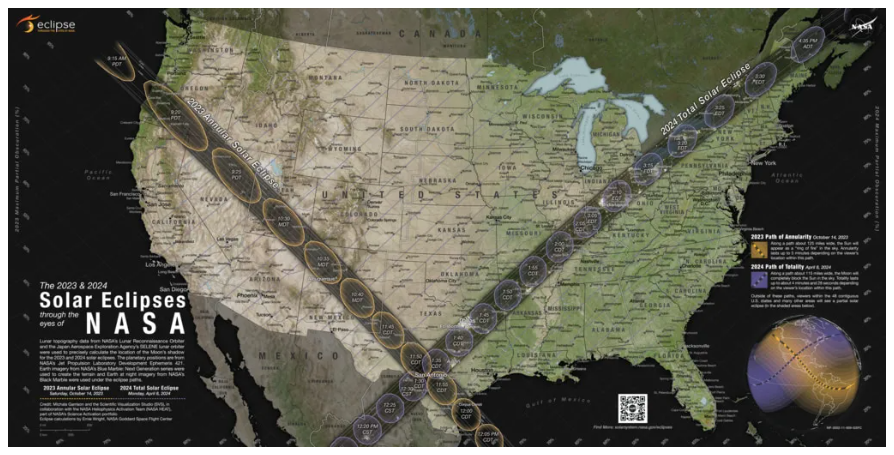
While Licking County is not in the path of totality, Granville residents can drive a short distance to locations that will be in the path including Mohican State Park, Alum Creek Park and Bowling Green State University.
For those who would rather stay closer to home, The Dawes Arboretum and The Works are hosting an “Under the Sun” event from 2-4 p.m. According to the web page, the event will provide hands-on activities for kids and families “to learn all about the science behind a solar eclipse.”

-
 Source: AmazonGlasses
Source: AmazonGlassesWearing glasses can save you from permanent retina damage and will allow you to safely view the eclipse without any damage occurring. You can get them for as little as $9 for a pack of five.
-
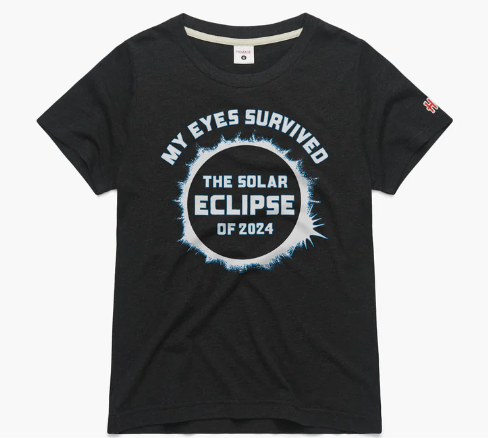 Source: HomageT-shirt
Source: HomageT-shirtTo fully enjoy the eclipse experience of course you need a shirt stating how you survived it!
-
 Source: AmazonSnacks
Source: AmazonSnacksFood is a necessity when waiting for the eclipse to occur and what's better than enjoying some space pun-named snacks such as Milky Ways, Starburst, Orbit gum, Sunkist, and moon pies?
-
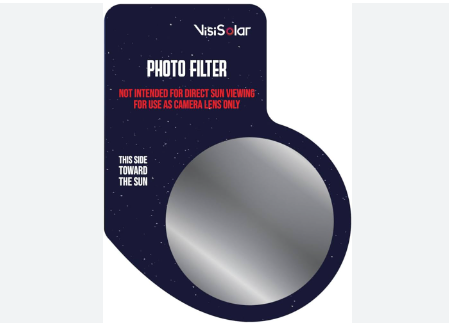 Source: AmazonCell Phone Lens Attachments
Source: AmazonCell Phone Lens AttachmentsPurchase a Smartphone Lens Attachment to get the best photos of the sun on the day of the eclipse. Memories of this once in a lifetime experience are worth the $5 to buy it!
Print and fold this pdf to create a booklet of information you can take with you on the day of the eclipse. Not sure how to fold a Zine? Watch the video to the right.
Your donation will support the student journalists of Granville High School. Your contribution will allow us to pay for our annual website hosting costs.





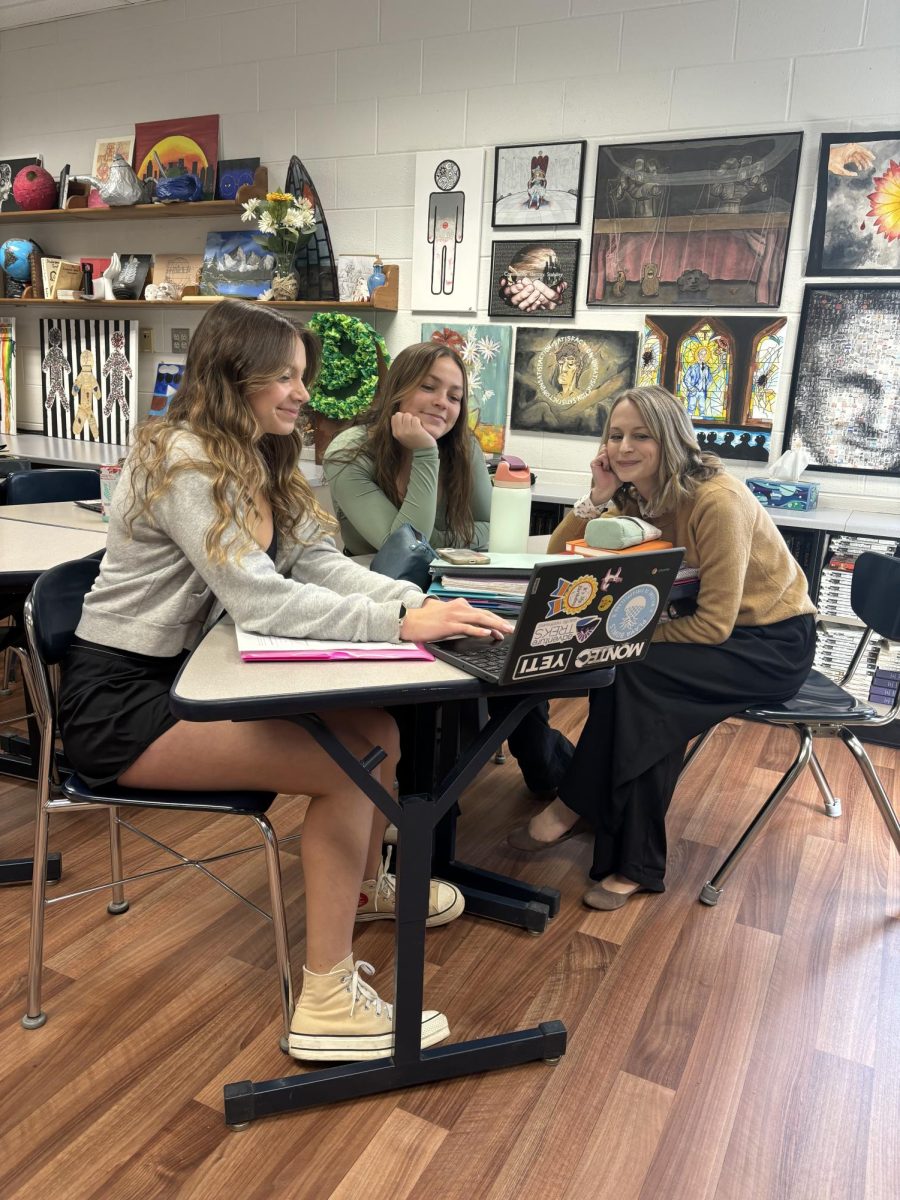



Wendy Miller • Mar 22, 2024 at 1:51 pm
Great story blue ace media! We saw totality in 2017 and it is definitely worth being in totality! Also, the Granville Public library and the Granville education foundation have worked with the schools to provide eclipse glasses for every student in Granville. So get out there and check it out on the 8th!